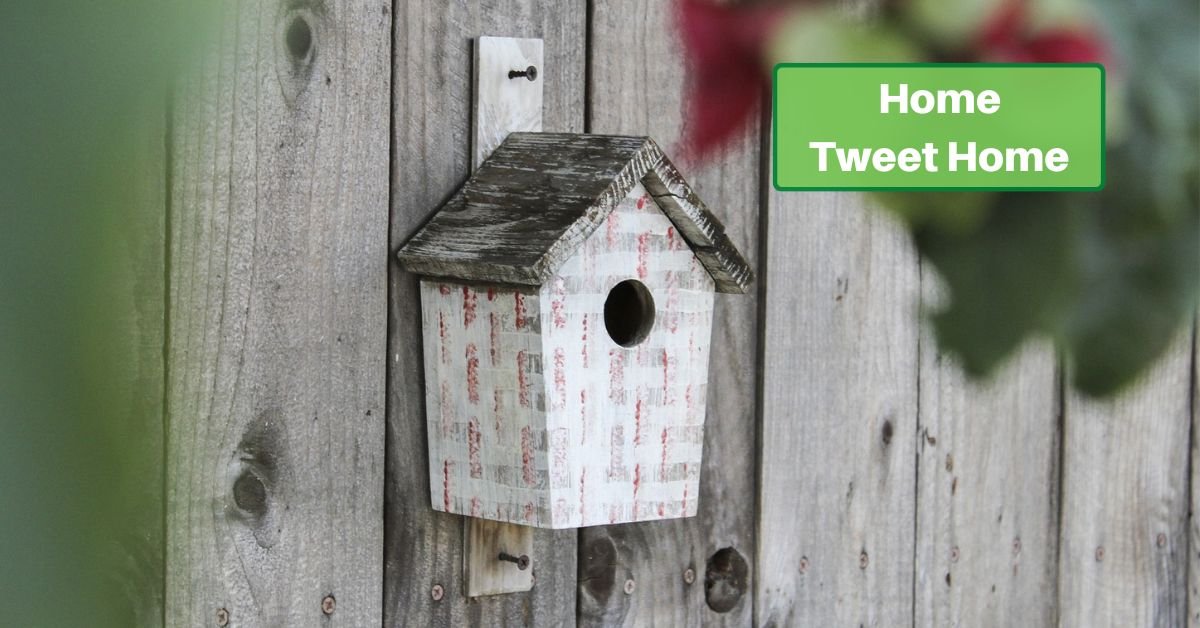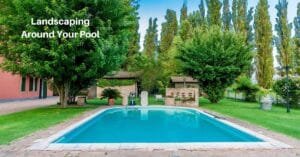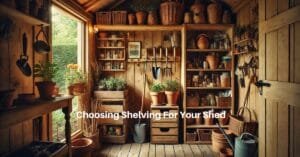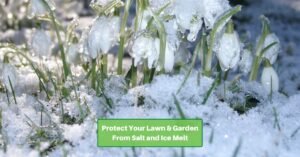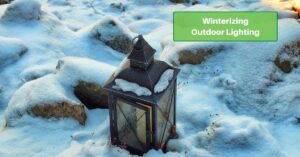Home tweet home! A birdhouse makes a wonderful shelter for our feathered friends. And it’s a great way to attract many species to your yard where you can enjoy their beauty. But of course, not all birds have the same needs. Not all birds want to live in a birdhouse!
The type of birdhouse you choose dictates the types of birds that will call it home. Not only that, but even the way you mount it and the direction it faces can help determine if it’s right for the birds in your yard.
Let’s have a look at what you need to take into account when choosing a birdhouse and what you can do to put out the welcome mat!
What Kind Of Birds Need A Home?
As we mentioned, not every species of bird will adapt to living in a birdhouse. You may enjoy seeing and hearing certain species, but a house isn’t the way to attract them. (Food may work, though, so learn what your favorite feathered friend likes to eat!
But many kinds of birds will be grateful for your construction project!
Among the birds that love houses are bluebirds, wrens, chickadees, robins, swallows, purple martins, and titmice. Even owls and wood ducks love the idea of moving into new digs!
What Birds Need In A Home
As you can guess, not all those types of birds like the same type of home. They have different preferences to help them feel safe, secure, and comfortable. Here are the main factors to consider:
Overall size
Every bird wants to feel secure in their nest. That means they can fit comfortably. At the same time, most don’t want a huge space; they prefer the security of a small area. No McMansions for most birds. A small, cozy room is all they want – it helps them feel warm and protected from predators.
Entry size
Of course, the “door” to the birdhouse is important, also. In most cases, it might seem too small for the intended residents. That’s because we tend to forget how “fluffy” birds are.
Most birds prefer a single entry hole that is just big enough for them to enter. Like the overall size of the birdhouse, this small entryway helps them feel secure.
Location
Location, location, location! Those are the 3 rules of real estate for birds, too. To attract birds, you’ll have to place your birdhouse in the right place. Some birds are fine with a house mounted out in the open. Others prefer their residence to be mounted in a tree. Others like it hidden among shrubs or tall grass.
Height
This could be a subcategory of location, of course. The height where you mountain your birdhouse makes a huge difference. It can range from a few feet to a dozen or more above ground level.
Color
Just like humans, birds can have color preferences, too. They might not get down into subtleties of slight variations, but many prefer natural colors so that their shelter will blend into the surroundings. Others may be attracted to brighter tones.
Orientation
Finally, we come to maybe the least-expected factor. For some birds, it matters what way the entrance to the birdhouse faces. Of course, this can affect the amount of heat and light the birds sense when inside. It might also help them feel safer when they can see better in case a predator approaches.
Birds And Their Homes
With all these factors in mind, let’s get into some specifics. Here’s some information about who likes what.
Chickadees and Titmice
These tiny birds like similarly diminutive homes.
The ideal birdhouse is typically about 8 inches tall and 4 to 5 inches square. Earth colors are the most attractive for these chirpers.
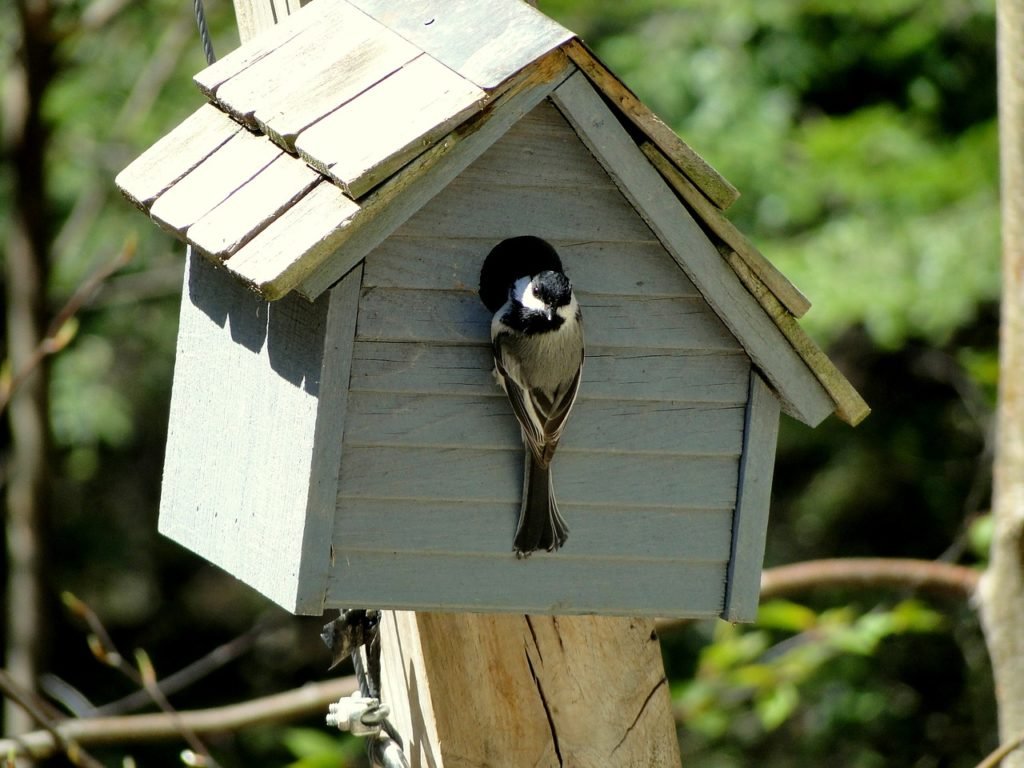
The hole should be an inch and a half in diameter and about 6 inches above the base of the birdhouse.
Hang the birdhouse in a small copse of trees at a height of 4 to 8 feet.
Wood Ducks
Yes, wood ducks love a good birdhouse, especially if it’s near a river or pond where they can take their chicks.
They normally nest in holes in trees so a birdhouse is natural for them. They like a space about 10 inches square and about 2 feet deep. Add a few inches of wood shavings to the bottom to help them feel right at home.
The entry should be oval, about 3 by 4 inches. It should be just a few inches from the top of the birdhouse.
You can hang it on a pole about 4 feet above the ground, or in a tree anywhere from 12 to 40 feet above the ground!
Owls
You may never notice the owls in your yard since they prefer to come out at night. But screech owls do love a good nest!
In terms of size, these owls have similar needs to the wood ducks mentioned above.
The house should be mounted about 8 to 20 feet above the ground on a tree trunk.
At dusk in winter, you may spot roosting owls perched at the entrance.
Robins
Robins love earthworms – they’re the quintessential early bird! And they love a nice birdhouse that gives them access to this delicious dish.
If you want to offer shelter to robins, you can hang the house on a tree or even the side of a house – but it should be facing a grassy area where they can dine.
The ideal measurements are 6 by 6 inches and 8 inches high. Unlike most other birds, they have an open-door policy – that is, one side should be completely open.
Earth tones are the best for both inside and out of a robin house.
Swallows
An ideal home for barn swallows measures 5 ½ by 5 ½ inches and 10 inches high. The hole should be an inch and a half in diameter and located 6 inches from the base.
The ideal spot for them is in an open field so they can easily fly out and catch insects. Atop a pole five or ten feet high is perfect.
Bluebirds
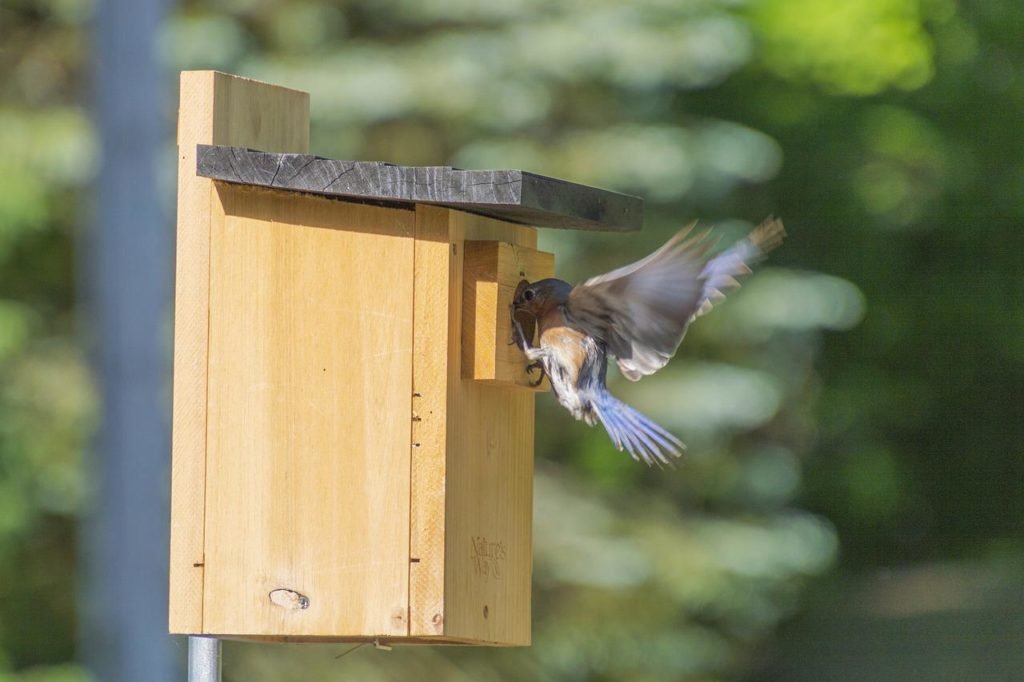
If you are fortunate enough to attract bluebirds, you can give them a home just like a swallow’s.
But they’re a little picky about direction! They prefer the entrance to look east; avoid having it face west if at all possible.
Wrens
Wrens love birdhouses! House wrens don’t even mind too much if they’re in the open; Carolina wrens prefer something a little more hidden.
The best houses for them measure about 4 inches by 4-6 inches and 8 inches high. The hole should be 1 ⅛ inch in diameter and 2 inches from the top.
It’s best when hung 5 to 10 feet above the ground on a post or tree.
Purple Martins
If you’ve ever seen a “multi-family” birdhouse, odds are that it’s intended for purple martins. They prefer to live in colonies rather than in isolated pairs.
Each unit should be 6 by 6 by 6 inches. They stand out because they prefer the entrance close to the bottom – about 2 ¼ inches from the base. The hole should measure 2 ½ inches in diameter.
The best place for these is near a field or wide lawn so they can catch insects as they fly. They also like to perch near their apartments, so under electric lines is a great spot.
These aren’t the only birds that love birdhouses, but they’re the most common. We suggest you consult a good nature guide for more information about birds particular to your area.
Conclusion
A birdhouse is a great way to bring birds to your yard and give them a safe spot to live and even raise their families. But be sure to research what birds frequent the area and what their preferences are. Just like humans, different birds have different wants and needs when it comes to a place to build their nests!

